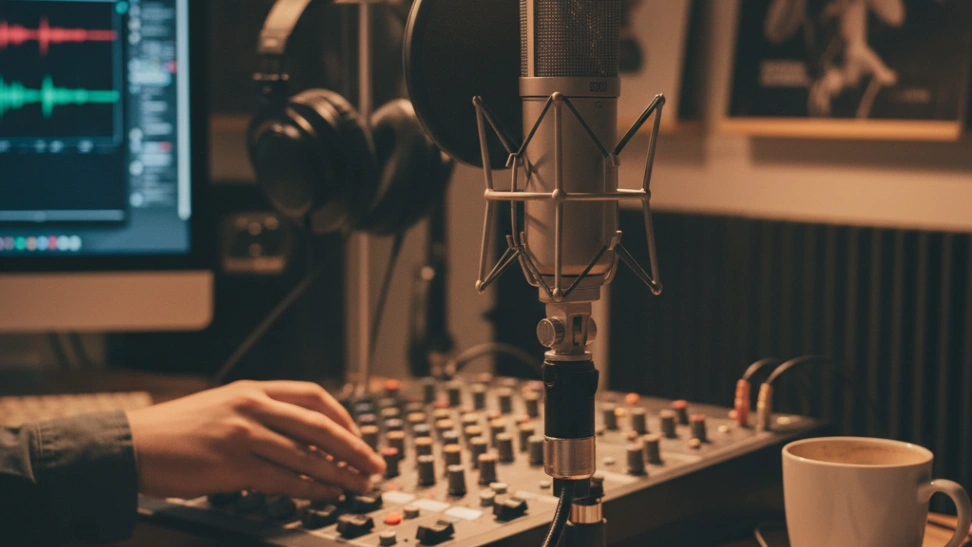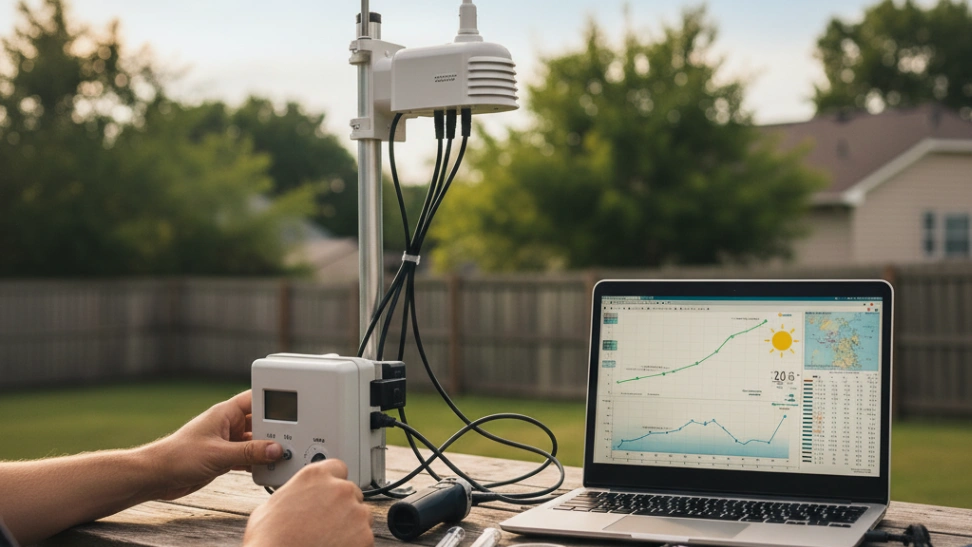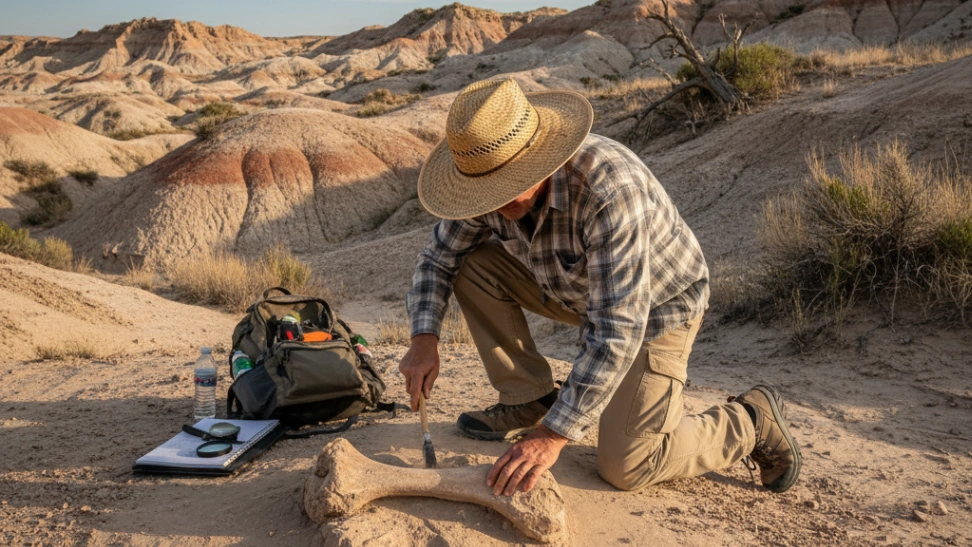Is This Hobby For You?
Ideal for those who love sharing ideas, telling stories, and connecting with an audience through the power of audio.
Why You'll Love It
- Reach a global audience with your unique voice and perspective.
- Develop valuable communication, storytelling, and technical production skills.
- Build a passionate community around shared interests and engaging content.
Good to Know Before You Start
- Requires consistent effort and time investment to produce and promote episodes.
- Initial setup costs for quality equipment can be a barrier for some beginners.
- Achieving good sound quality and compelling content delivery demands practice and patience.
Hobby Traits
How the community rates this hobby.
Getting Started: The Essentials
The basic requirements to begin your journey with Podcasting.
Startup Cost
$250
Community-voted average
Ongoing Cost
Very Low
Monthly upkeep estimate
Essential Gear
Microphone
Essential for clear audio capture, a good quality microphone ensures your voice is heard distinctly.
Audio Interface/Mixer
Connects your microphone to your computer, often improving sound quality and providing gain control.
Editing Software (DAW)
Software like Audacity or GarageBand for cutting, cleaning, and mastering your audio files.
Learning Curve
Overall Difficulty: Easy
Associated Skills
Skills you can expect to develop while pursuing this hobby.
A Closer Look at the Traits
Relaxing
A calm, low-key pursuit that helps you unwind and de-stress.
Purely Indoors
Best enjoyed in the comfort of your own home or a dedicated indoor space.
Very Mental
A mentally stimulating activity that challenges your mind, strategy, and focus.
Fairly Practical
You learn a useful skill, but the process is also a major part of the enjoyment.
Purely Creative
A highly creative and expressive outlet for your imagination and artistic side.
Social/Solo Balance
Can be enjoyed alone or with a small group, offering a mix of personal focus and social interaction.
Frequently Asked Questions
Hobby Traits
How the community rates this hobby.



